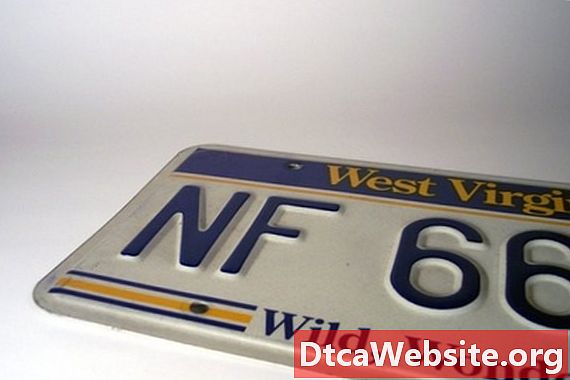
Contenu
Because travel trailers are elevated from the ground by wheels and axles, the space beneath them allows external temperatures to effect the internal environment, and allows the ingress of pests. It is common to enclose the undersides to reduce these problems and to enhance the trailer’s appearance. Aside from cosmetic purposes and pest control, a sturdy enclosure also reduces wind sway. Although the choice of materials is dependent upon both budget and purpose, the methods of fixing the enclosure to the travel trailer are essentially the same.
Step 1
Completely clear the area beneath the trailer. Leave no plant life or waste material that could attract animal life or serve to maintain a damp environment.
Step 2
Determine what material to use in constructing the enclosure. Corrugated plastic sheets -- similar to the material sectioned for roadside political and real estate signage -- make a cheap, lightweight and waterproof barrier that is easy to cut. It will insulate against cold and wind, but will not exclude animals. If working with wood, use pressure-treated plywood called “marine ply” by many vendors. Because the bottom rim will be underground, it will be subjected to moisture for much of the year. Vinyl siding is available in plain panels of almost any color, or in patterns that resemble timber, rock and brickwork. Aluminum siding is more hard-wearing and more costly. Corrugated galvanized steel makes the most sturdy, long-lasting enclosure.
Step 3
Decide on the top mount for the enclosure. Many travel trailers have a frame rail rim around the entire base, stepped back from the outside of the wall by approximately one inch. If this frame rail is present and made from a material that can be nailed or screwed into, it will serve as an anchor for the enclosure. If no such rim is available, install one using 2-inch square, pressure-treated timber. Drill a fixing hole approximately every ten inches using an electric drill and a bit sized to the fasteners. Screw the lip to the underside of the trailer stepped one inch back from the outside of the wall. Use fasteners sized so their length allows them to pass through the battens and get a good grip, but not so long that they will protrude through the top of the floor.
Step 4
Use a builder’s level to mark a line all around the trailer that is vertically below the frame rail or batten. Follow the line with a shovel or trowel and excavate a narrow trench approximately five inches deep.
Step 5
Dependent on the material, cut the panels to size using tin snips, vinyl shears, a jigsaw or a circular saw. For uneven pieces -- for instance if the trailer is leveled above sloping land -- first cut templates from cardboard, then transfer their shapes to the permanent material. Fabricate the panels, then cut out rebates as necessary to accommodate the door step, the black- and gray-water dump valves, the propane inlet pipe and any other components specific to your travel trailer model.
Step 6
Use off-cuts to make lips down the right-side edge of every panel. Keep the lips as wide as possible to prevent wind and moisture entering through the butt joints. They should be at least six inches wide. Dependent on the materials, use screws or a nut/bolt/washer combination to attach the lips.
Step 7
Begin the installation with the most difficult panel to site, usually under the door where the pendant step is on one side or around the dump valves on the other. Locate the panel, pack soil underneath it until it is tight up against the trailer’s underside, then screw the top to the rim or batten. Working in a left-to-right direction around the trailer, place the next panel -- its left-hand-side covering the lip of the preceding panel -- and follow the same procedure, this time also driving fasteners into the lip.
Step 8
Use galvanized spikes -- sold in garden centers to hold lawn edging in place -- or long tent pegs to anchor non-rigid panels into the ground. Backfill the trench to render the panels immobile, and use a heavy piece of timber to tamp the soil firmly into place. Each panel is now secured at all four edges.
Spray expanding foam into any gaps around awkward shapes, such as the wheel wells, if the enclosure is to be permanent. If the enclosure is to be temporary, pack the holes with bubble wrap and cover the outside of the packing with duct tape.
Tip
- If the enclosure is being carried out in preparation for cold weather, insulate the underfloor with panels of rigid foam insulation, put 12/120-volt tank heaters in the exterior tanks and insulate the dump valves. Radiant barrier foil insulation, which is essentially silver-faced bubble wrap, is very light and easy to glue to the underside of the trailer. An easy and very effective enclosure for excluding winter temperatures and winds is to build a skirt simply by placing hay bales around the travel trailer’s base.
Items you will need
- Panels
- Batten (optional)
- Fasteners
- Electric drill
- Builder’s level
- Digging tool
- Cutting tool
- Ground anchors (optional)
- Insulation


